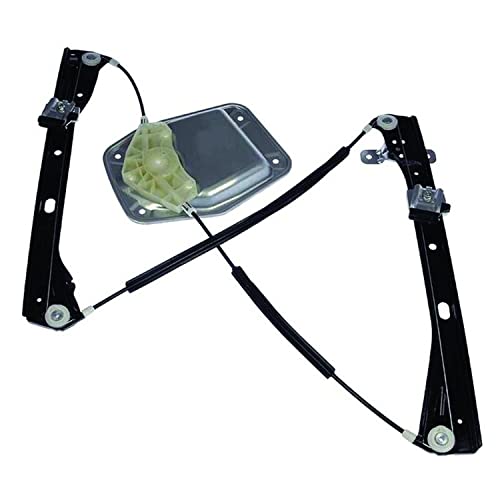Adam1970bay
Active member
- Joined
- Aug 21, 2019
- Messages
- 42
- Reaction score
- 22
- Location
- Staffordshire
- Year of Your Van(s)
- 1970
- Van Type
- Camper
Hi our bay has both. The trekker has neither, the dog house has the air block offs as does not use the heat exchanger. Both engines are 1641 twin port
What are the pros and cons to having no vents flaps and no thermostat?
Or would you source getting them and fitting them?
What are the pros and cons to having no vents flaps and no thermostat?
Or would you source getting them and fitting them?



































